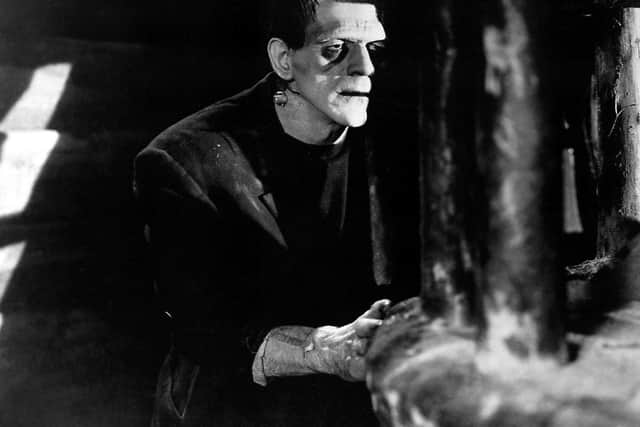Dundee's inspiration for Mary Shelley's Gothic horror classic Frankenstein to be explored at conference
The Year of the Gothic Woman conference, hosted by Dundee University, will partly focus on how Shelley’s two-year stay in the city helped to inspire her masterpiece.
As a teenager, Shelley spent two years living in Dundee’s South Baffin Street after her father sent her to live with the wealthy jute baron Baxter family.
Advertisement
Hide AdAdvertisement
Hide AdIt was here, in the wooded grounds of the merchant’s home, the writer’s “true compositions, the airy flights of my imagination, were born and fostered”.


Dr Daniel Cook, a reader in English Literature at the university and expert in Gothic literature, said the event would highlight Dundee and Scotland’s links to the famous text.
He said: “Few books throughout history resonate with the public like Frankenstein. It’s a tale that continues to captivate readers, and those who learn about it through other forms of media and popular culture. But what many people do not know is how the roots of the story were developed right here in Scotland, with Dundee a tremendous source of inspiration to Shelley as a writer.
“As we celebrate the great female writers of the Gothic genre, it is an honour to welcome visitors from around the world to witness the landscape that helped forge one of fiction’s greatest works.”
A Frankenstein’s Dundee walking tour will be held as part of the conference, with Frankenstein’s Steps in South Baffin Street to feature, having been renamed to mark the author’s connection to the city. Tenements now stand on the site of the house where she stayed, which has long been demolished.
The young Mary Shelley – then Mary Godwin – was sent north by her father aged 14 to stay at the home of his friend William Baxter, who became extremely wealthy as part of the family business in jute weaving and the manufacture of sailcloth. Arriving in June 1812, she stayed until November before going home to London.
In June 1813, she headed north for a second visit and remained in Dundee until November the following year. It is said she enjoyed freedoms in Dundee not afforded to the teenager back home in London, where her home life became “considerably strained”, according to accounts, after her father, a political philosopher, married his neighbour Mary Jane Clairmont.
The writer was just 18 when she had the idea for Frankenstein. She finished writing the book the following year in Geneva, with the first version of the story of Victor Frankenstein’s creation of an artificial man from pieces of corpses published in 1818.
Advertisement
Hide AdAdvertisement
Hide AdThe Year of the Gothic Women conference is due to attract around 120 delegates from around the world. Among them will be academics working on the Gothic Women Project, a collaboration between the universities of Dundee, Cardiff, Newcastle and York, which has been undertaking new strands of research on women’s writing.
Karen Tocher, business events manager at Dundee City Region Convention Bureau, said, “As a city and region, we understand the significance of hosting national and international conferences, which can serve as a powerful platform not only for the involved organisations and institutions, but for people and communities worldwide.
“We take great pride in hosting The Year of Gothic Women and eagerly anticipate welcoming delegates from across the globe to Dundee.”
Comments
Want to join the conversation? Please or to comment on this article.